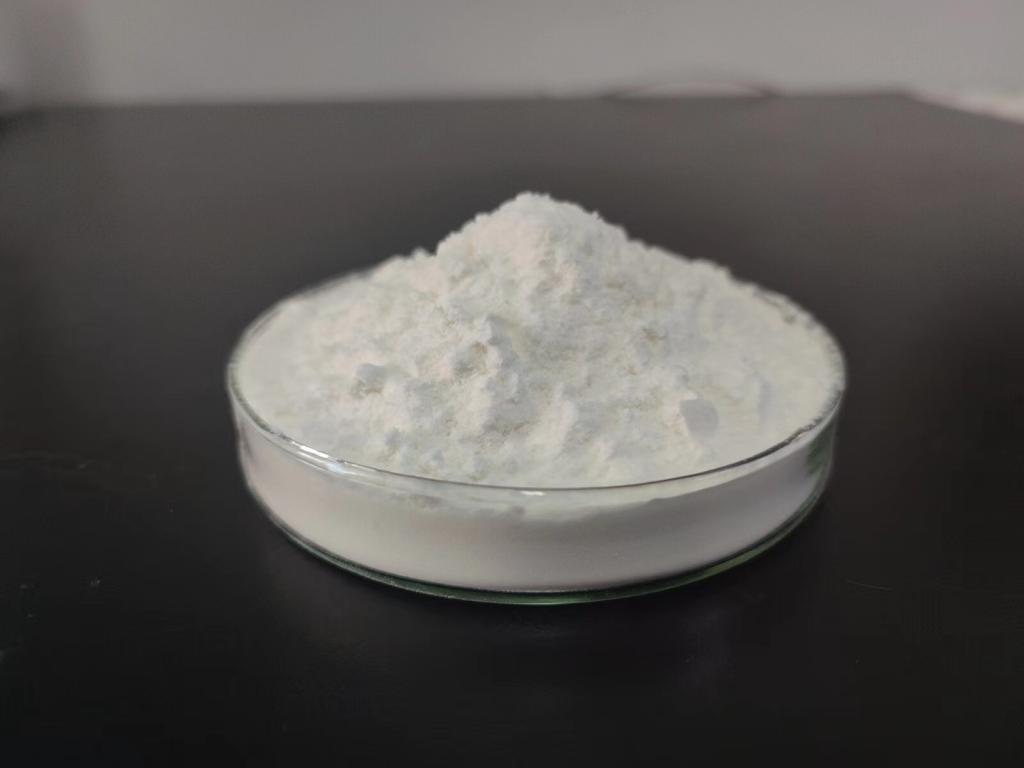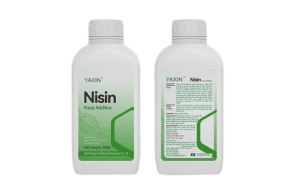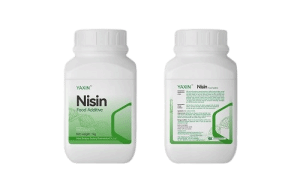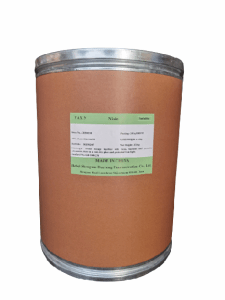Tel:+8618231198596

News
 CONTACT
CONTACT
 CONTACT
CONTACT
- Linkman:Linda Yao
- Tel: +8618231198596
- Email:linda.yao@dcpharma.cn
- Linkman:CHARLES.WANG
- Department:Overseas
- Tel: 0086 0311-85537378 0086 0311-85539701
News
Research on the biodegradability of ε-Polylysine hydrochloride in food waste management.
TIME:2024-09-14
Understanding ε-Polylysine Hydrochloride
ε-Polylysine (ε-PL) is a cationic homopolymer composed of lysine residues linked by ε-(γ-lysine) amide bonds. It is produced through microbial fermentation and has gained recognition for its broad-spectrum antimicrobial activity, making it a valuable preservative in the food industry. The hydrochloride form of ε-PL enhances its solubility in water, facilitating its use in a variety of food products.
Biodegradability of ε-Polylysine Hydrochloride
The biodegradability of a substance refers to its ability to break down into simpler substances through biological processes, such as microbial action. For a compound to be considered biodegradable, it should degrade into harmless by-products that do not accumulate in the environment.
Laboratory Studies: Initial laboratory studies suggest that ε-PL·HCl is biodegradable. Researchers have observed that ε-PL can be degraded by enzymes such as proteases and peptidases, which are naturally present in the environment. This enzymatic degradation leads to the breakdown of ε-PL into smaller peptides and eventually into individual lysine molecules, which are readily assimilated by microorganisms.
Environmental Impact: The biodegradability of ε-PL·HCl is advantageous from an environmental perspective. As it breaks down, it does not persist in the environment, reducing the risk of bioaccumulation and potential long-term ecological impacts. Furthermore, the breakdown products, primarily lysine, are non-toxic and can serve as nutrients for soil microorganisms.
Composting: Composting is a widely used method for the management of organic waste, including food waste. Studies have shown that ε-PL·HCl can be effectively broken down during the composting process. The high microbial activity in compost piles facilitates the rapid degradation of ε-PL·HCl, contributing to the production of nutrient-rich compost that can be used in agriculture.
Implications for Food Waste Management
Sustainable Practices: The biodegradability of ε-PL·HCl supports sustainable waste management practices. It ensures that food products containing this preservative can be disposed of in eco-friendly ways, such as composting, without posing a threat to the environment.
Regulatory Compliance: Regulatory bodies around the world are increasingly focusing on the environmental impact of food additives. The biodegradability of ε-PL·HCl aligns with these regulations, making it an attractive option for food manufacturers looking to adopt more sustainable practices.
Consumer Confidence: Consumers are becoming more environmentally conscious and prefer products that are not only safe for human consumption but also have a minimal environmental footprint. The use of biodegradable preservatives like ε-PL·HCl can enhance consumer confidence in the sustainability of the food they purchase.
Challenges and Future Directions
Despite the promising findings regarding the biodegradability of ε-PL·HCl, several challenges remain:
Consistency Across Different Environments: The rate and extent of biodegradation can vary depending on environmental conditions such as temperature, humidity, and the presence of microorganisms. Further research is needed to determine the biodegradability of ε-PL·HCl under different scenarios.
Long-Term Ecological Studies: While short-term studies indicate that ε-PL·HCl is biodegradable, long-term ecological studies are necessary to fully assess its impact on ecosystems over time.
Integration with Existing Waste Management Systems: Efforts should be directed towards integrating the use of ε-PL·HCl with existing waste management systems to maximize its biodegradability and minimize environmental impact.
Conclusion
The biodegradability of ε-Polylysine hydrochloride positions it as a promising preservative in the pursuit of sustainable food waste management. As research continues to elucidate its environmental fate and effects, ε-PL·HCl stands to play a significant role in the development of eco-friendly food preservation strategies. By fostering a circular economy where waste is minimized and resources are recycled, the food industry can contribute positively to environmental conservation while ensuring the safety and quality of food products.
- Tel:+8618231198596
- Whatsapp:18231198596
- Chat With Skype







